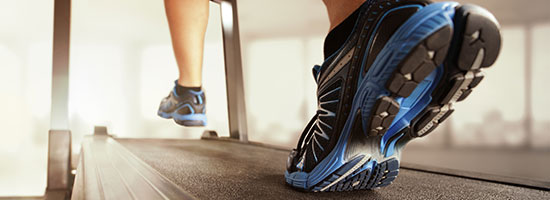
5 Common Sports Injuries
Whether you’re a seasoned athlete or a weekend warrior, there are common sports injuries that can temporarily and expectantly sideline you. Understanding the potential risks before you get in the game can make it easier to take precautions ahead of time, including knowing when it’s time to see a doctor or take a timeout.
Ankle Sprains
When ligaments supporting your ankle are stretched or twisted beyond their normal range, the result is an ankle strain. Discomfort can range from mild to severe, depending on the extent of the damage to the ligament. Ankle strains that don’t respond well to a few days of rest and the application of heat or ice should be checked by a doctor.
Shin Splints
Characterized by pain along the edge of the shinbone, shin splints often occur with sports involving a lot of running. With shin splints, muscles, tissues, and tendons become inflamed around the tibia. Remedies include rest, ice, and stretching the involved muscles.
Stress Fractures
A common overuse injury in sports like basketball and track and field, stress fractures result from weakened or fatigued muscles unable to absorb the normal strain associated with movement. When added stress transfers to adjacent bones of the leg or foot, tiny cracks or fractures can develop. Stress fractures typically take about six to eight weeks to completely heal.
Knee and Lower Leg Injuries
Meniscus tears (torn cartilage) are the most common knee-related sports injury. Adjacent ligaments and tissues may also be affected. Damage to the patellar tendon, which straightens the knee, can occur after a hard fall. The lower legs can also be affected by chronic exertional compartment syndrome, a condition common in runners, skiers, and soccer players that results from muscle compartment (fascia) and tissue damage.
Turf Toe
When the main joint of your big toe is sprained, the result is what’s termed “turf toe.” Often associated with football, this injury occurs when your big toe is forcibly bent upwards when starting to move forward. Resulting damage can range from soft tissue tears to compete dislocation of the corresponding joint. Treatments include rest, compression, and elevation.
A foot doctor specializing in injuries of this nature can pinpoint the source of the problem, recommend treatment options, and provide tips on how to safely stay in the game. Maintaining proper form, taking time to warm up your muscles, and getting regular exercise can also minimize the risk of sustaining a sports-related injury.













